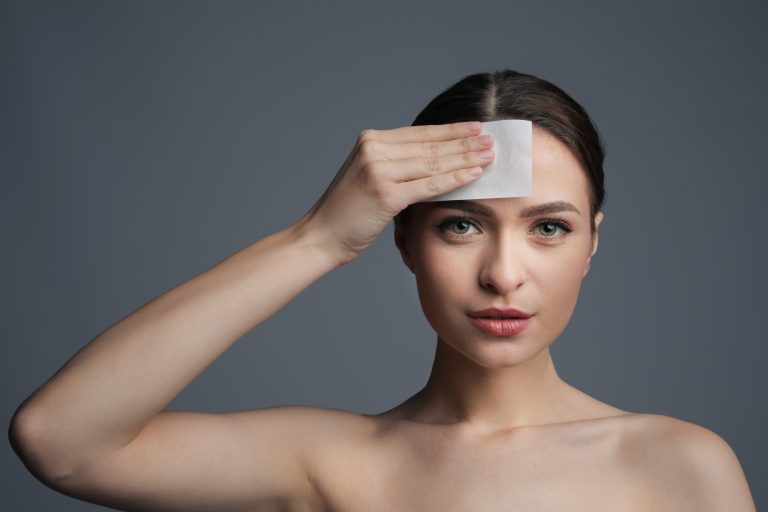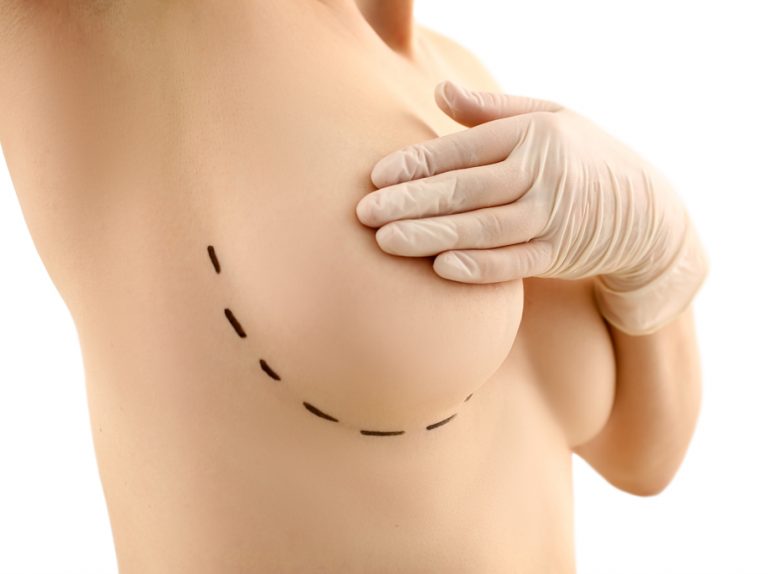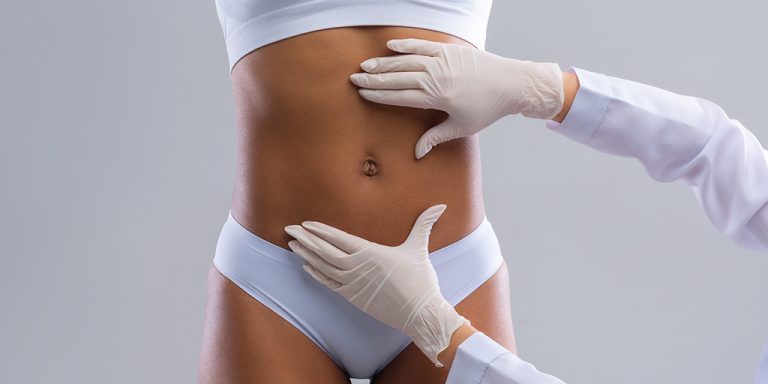From Fullness to Fitness: A Comprehensive Handbook on Contouring with Body Sculpting
Posted on: January 17, 2024
Body sculpting, including cosmetic surgery procedures like liposuction, has evolved from ancient techniques to modern technology-driven methods such as SculpSure, shaping various body parts into the aesthetic ideal. Once a pursuit of artists chiseling marble, today’s sculpting tools such as SculpSure and liposuction are designed for the human form, targeting not just the body but also facial contours for cosmetic surgery enhancements. As trends in types of body sculpting surge, including SculpSure, liposuction, and laser lipo, more people flock to these cosmetic procedures seeking personalized results—from subtle enhancements to dramatic transformations.
With its growing popularity, understanding the types of cosmetic body sculpting available, such as liposuction for fat removal, is crucial for any patient considering this path to refinement. Each liposuction technique offers unique benefits and caters to specific goals; whether it’s reducing weight in various body parts by freezing fat away or firming up with sound waves, there’s a solution tailored for every shape and aspiration, with proven efficacy.
Overview of Body Contouring Methods
Common Techniques
Body contouring, including liposuction, offers various methods to help shape, tone, and reduce weight. Innovative devices utilize technologies such as plasma to enhance results. Thermal techniques use heat to break down fat cells. These include laser-assisted lipolysis and radiofrequency treatments. They can tighten skin as well as reduce fat.
Ultrasound liposuction methods, like ultrasonic cavitation, target invasive body fat cells with sound waves and plasma energy to help reduce weight. This non-invasive liposuction technique can be used on many parts of the patient’s body to help manage weight and contour using plasma.
Another popular weight reduction method is cryolipolysis, also known as “fat freezing,” which can complement liposuction by targeting specific body parts and sometimes utilizing plasma technology. Liposuction alternative, it uses cold temperatures to destroy fat cells without damaging other tissues, targeting invasive body weight reduction.
Each liposuction technique has its own benefits and may suit different weight management needs or preferences.
- Thermal techniques: good for skin tightening
- Ultrasound methods: non-invasive, versatile
- Cryolipolysis: targets stubborn fat areas
Target Areas
Contouring treatments often focus on common trouble spots. The abdomen, thighs, buttocks, arms, and chin are typical areas people want to improve through liposuction. Each liposuction method works differently depending on the target area’s specific needs.
For example:
- Abdomen: cryolipolysis helps reduce belly bulge.
- Thighs: ultrasound can tackle cellulite.
- Arms: thermal lifting tightens loose skin.
These targeted approaches, including liposuction, ensure that each body part gets an effective treatment plan.
Method Comparison
Comparing these contouring options helps understand their differences better. Thermal treatments, often considered as a non-surgical alternative to liposuction, achieve results by heating up tissue layers beneath the skin which promotes collagen production for firmer skin and supports fat reduction, similar to liposuction effects.
On the other hand, ultrasound technology used in liposuction doesn’t involve any heat but still manages to disrupt fat cell walls through vibrations caused by sound waves.
Lastly, cryolipolysis stands apart by using extreme cold instead of heat or vibration to achieve similar outcomes in terms of reducing unwanted fatty deposits under the skin.
Differentiating Invasive and Non-Invasive Sculpting
Key Differences
Body sculpting comes in two main forms: invasive and non-invasive. Each has unique characteristics. Invasive treatments require entering the body, often through incisions. They may involve removing fat cells or altering tissues directly. On the other hand, non-invasive methods work from outside your skin.
In invasive procedures, doctors use tools to make changes inside your body. These can lead to more immediate results but come with higher risks and longer recovery times. Non-invasive techniques are less risky since they don’t break the skin barrier.
Procedure Examples
Let’s look at some examples of these types of body sculpting. Liposuction is a common invasive method where fat is suctioned out through small cuts in the skin. It can reshape areas like hips, belly, and thighs.
CoolSculpting is a popular non-invasive option that freezes fat cells until they die off and are absorbed by your body over time. This method targets similar areas without surgery or downtime.
- Liposuction:
- Surgical procedure
- Requires anesthesia
- Immediate removal of fat cells
- CoolSculpting:
- No incisions needed
- Uses cold temperatures
- Gradual results
Recovery Time
Recovery time varies greatly between invasive and non-invasive treatments due to their nature. After liposuction, you might need weeks to heal fully before returning to normal activities. With CoolSculpting, most people go back to daily life right after their session.
Benefits and Side Effects of Body Contouring
Aesthetic Gains
Body contouring can transform your appearance. It reshapes areas that don’t respond to diet or exercise. You may see a slimmer waist, toned arms, or a contoured jawline. These changes often lead to increased confidence and satisfaction with one’s body.
For example, someone might choose liposuction to remove stubborn belly fat. Post-procedure, they could enjoy a flatter stomach and better-fitting clothes. Similarly, cool sculpting might target love handles for smoother lines under garments.
Understanding Non-Surgical Lipolysis
Science Explained
Non-surgical lipolysis is a fat reduction technique. It targets and eliminates stubborn fat without surgery. The process uses various technologies to break down fat cells in the body.
The science behind this method involves applying energy to fatty tissue. This energy disrupts the fat cells’ structure, causing them to dissolve over time. The body then naturally processes these cells and removes them.
Technology Types
There are several types of technology for non-surgical lipolysis:
- Laser Lipo: Also known as low-level laser therapy (LLLT), it uses laser energy to target fat deposits.
- Radiofrequency Lipolysis: This method applies radiofrequency energy to heat up and dissolve fatty tissues.
Both technologies have their own way of reducing unwanted fat. They are effective on areas where diet and exercise might not work as well.
Treatment Duration
The duration of non-surgical lipolysis treatments varies:
- Number of sessions required can range from one session up to several.
- Each session typically lasts between 30 minutes to an hour.
Patients may see results after a few weeks, with full effects visible after a few months. Multiple sessions ensure better outcomes for most individuals.
The Process of Surgical Body Contouring
Pre-Surgery Steps
Before the actual surgical body contouring begins, there are several important steps. First, a detailed consultation with a surgeon is essential. They will assess your health and discuss goals for the procedure. This step ensures you have realistic expectations and understand potential outcomes.
Next comes planning for the surgery itself. Surgeons take photos, mark areas on your skin, and provide instructions on pre-operative care. It’s vital to follow these guidelines closely to reduce risks during surgery.
Anesthesia Administration
For most surgical body sculpting procedures, patients require general anesthesia. This means you’ll be asleep throughout the operation and won’t feel any pain. A qualified anesthesiologist administers it before surgery starts.

The type of anesthesia used depends on various factors including health history and the extent of the procedure. Local anesthesia or sedation might be an option for smaller areas but isn’t common in full-body contouring due to complexity.
Surgery Duration
Surgical body contouring can vary in length depending on what’s involved in your specific case. Simple procedures may only take one to two hours while more complex surgeries could last several hours.
During this time, surgeons work meticulously to remove excess skin, reshape tissue, or use suction techniques like liposuction to eliminate unwanted fat cells from targeted areas of your body.
Hospital Stay
After cosmetic surgery is complete, recovery begins immediately but under medical supervision at first. Most patients stay in hospital for at least one night following their procedure; however extensive operations might require longer stays.
Nurses monitor vitals such as blood pressure while ensuring comfort post-surgery through pain management strategies—key aspects that aid healing processes within our bodies’ systems including lymphatic circulation which helps rid toxins post-operation.
Post-Op Care
Once home from hospital after plastic surgery, strict adherence to aftercare instructions is crucial for optimal results and minimizing complications such as infection or poor wound healing.
Patients usually receive guidance on managing discomfort with medications prescribed by their surgeon along with advice on activity levels—too much movement too soon can disrupt recovery whereas gentle exercises help maintain healthy blood flow aiding repair mechanisms within tissues affected by surgical intervention.
Preparing for Body Sculpting Procedures
Health Assessments
Before you undergo any body sculpting procedure, it’s vital to have a health assessment. Your doctor will check your medical history and current health status. They need to ensure that the procedure is safe for you. Expect questions about medications, allergies, and past surgeries.
During the consultation, your doctor might also discuss how body sculpting can target specific body parts. Whether it’s your abdomen or upper arms, each area requires careful consideration.
Lifestyle Changes
To get ready for a body sculpting session, some changes may be necessary. Your doctor could advise on diet adjustments or exercise routines. These help in maximizing results from treatments like UltraShape or those that boost collagen production.
It’s important to follow these recommendations closely. They are designed not just for better outcomes but also for your safety during the procedure.
Day of Procedure
On the day of your session, there are things to prepare:
- Bring identification and any required paperwork.
- Arrange transportation if needed after the procedure.
- Wear comfortable clothing that gives easy access to the target area.
Remember that procedures may vary in duration; some last minutes while others take longer.
Post-Treatment Care and Recovery Insights
Optimal Results
After undergoing body sculpting, post-treatment care is crucial. It ensures the best possible outcomes. Patients should follow their healthcare provider’s advice closely. This might include:
- Keeping the treated area clean.
- Applying recommended creams or gels to reduce swelling.
- Wearing compression garments if advised.
It’s important not to rush back into a normal routine. Give your body time to heal properly.
Proper hydration and nutrition also play key roles in recovery. They help the body repair itself more efficiently. Avoid smoking and excessive alcohol consumption, as they can slow down healing.
Recovery Timelines
Different treatments have varying recovery timelines. Non-invasive procedures like radiofrequency may allow patients to return to daily activities immediately with little downtime.
In contrast, more intensive treatments could require several days of rest. Always consult with your healthcare team for personalized guidance on what to expect after treatment sessions.
For example, heat treatments typically involve minimal downtime but may cause temporary redness or sensitivity in the treated area—these symptoms usually subside quickly.
Healthcare Follow-up
Recovery isn’t only about waiting; it’s about being observant too. Some signs that warrant a call or visit to your healthcare provider include:
- Unusual pain or discomfort that doesn’t improve with time.
- Signs of infection such as increased redness, swelling, or pus.
- Any unexpected changes in skin coloration at the treatment site.
If you experience any risks associated with your specific type of body sculpting procedure, don’t hesitate to reach out for professional advice.
Effectiveness and Pain-Free Options in Body Contouring
Success Rates
Body sculpting has become a popular choice for fat reduction and skin tightening. Different methods offer varying success rates. Procedures like SculpSure, which fall under the types of body sculpting, use laser energy to target fat cells, particularly effective on the abdomen and love handles. Studies show that SculpSure can achieve up to 24% fat removal after a single session.
Another method is cryolipolysis, which uses cold treatments to freeze fat cells without damaging the skin or surrounding tissues. This technique is known for its high efficacy in reducing stubborn fat pockets with minimal downtime.
Pain Management
During body contouring procedures, managing discomfort is key. Many options involve some level of pain management. For instance, treatments using laser heat may require localized anesthesia to reduce pain during the procedure.
Post-treatment care often includes guidelines on managing any residual discomfort. Most patients report mild soreness akin to post-exercise muscle ache, which typically subsides within days.
Pain-Free Alternatives
For those wary of discomfort, there are pain-free alternatives available as well. Cryolipolysis stands out because it involves little to no pain during treatment—patients might only feel a cold sensation initially.
Laser treatments also minimize discomfort by targeting only the fat layers beneath the skin’s surface without incisions or injections needed for traditional plastic surgery procedures aimed at loose skin or excess fat around buttocks and thighs.
Choosing the Right Body Sculpting Method for You
Personal Needs
Before diving into body sculpting, think about what you need. Everyone’s body is unique. What works for one person may not work for another. Consider your health status, goals, and lifestyle. Are you looking to lose weight or just refine your shape? Do you have any medical conditions that could affect your choice?
Body sculpting isn’t a one-size-fits-all solution. It’s vital to match the method with your life and needs.
- Choose non-invasive options if downtime is a concern.
- Select more intensive procedures if seeking significant changes.
Remember, safety comes first when altering your body.
Professional Advice
It’s essential to get advice from a certified professional before starting any treatment. They can help tailor a plan suited to you after assessing:
- Your physical health.
- The areas of your body you want to improve.
A professional will explain each method’s pros and cons based on their expertise.
They ensure the chosen technique aligns with what is safest and most effective for you personally.
Cost Analysis
Money matters in choosing a body sculpting method too. Costs vary widely between different techniques:
- Non-invasive methods might be less expensive upfront but require multiple sessions.
- Surgical options often cost more but may provide quicker results in one go.
Consider both short-term expenses and long-term value when making decisions about money spent on body contouring methods.
Conclusion on Body Sculpting Choices
Navigating the world of body sculpting can be like wandering through a maze of options, each promising to lead you to your desired physique. Whether you’ve delved into non-invasive lipolysis or considered going under the knife, it’s clear that the journey to reshape your body is personal and packed with possibilities. You’ve seen the benefits, weighed the side effects, and mapped out what pre and post-treatment look like. Now, it’s about making a choice that fits like a glove—tailored to your body’s needs, your pain tolerance, and, of course, your vision for yourself.
Before you leap into action, remember that this isn’t a one-size-fits-all decision. It’s essential to consult with professionals who can guide you through the nitty-gritty of each procedure. So go ahead, set up those consultations and get ready to sculpt your way to confidence. Your ideal silhouette awaits—grab it by the reins! Let’s transform those dreams into reality.
Frequently Asked Questions
What are the main types of body sculpting techniques?
Body sculpting techniques fall into two categories: invasive, like liposuction, and non-invasive, such as cryolipolysis or laser therapy.
How do invasive and non-invasive body sculpting differ?
Invasive procedures involve surgery to remove fat, while non-invasive methods use external treatments to reduce fat without incisions.
What are some benefits of non-surgical lipolysis?
Non-surgical lipolysis offers a reduction in fat without surgery, meaning less downtime and typically fewer side effects.
Is there any preparation needed before undergoing body contouring?
Yes, preparations can include lifestyle changes and medical evaluations to ensure you’re fit for the procedure.
What does post-treatment care involve after body sculpting?
Post-treatment care often includes following a healthy diet, staying hydrated, and sometimes wearing compression garments for support.
Are pain-free options available in body contouring?
Absolutely! Many non-invasive treatments offer minimal discomfort compared to surgical options.
How do I choose the right body sculpting method for me?
Consider your goals, budget, tolerance for downtime or discomfort. Consulting with a professional can help determine the best fit.





